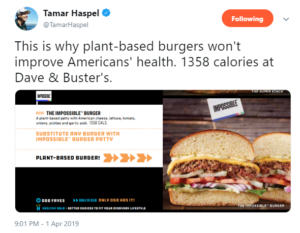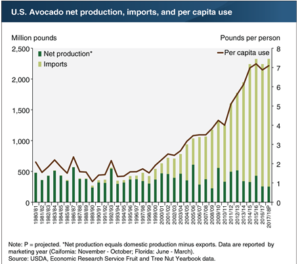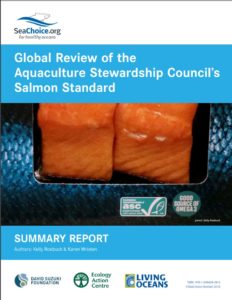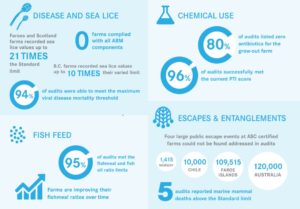No-deal Brexit: Effects on the food industry
The British Parliament has just rejected the plan for Brexit for the third time, and the EU has just extended the exit deadline until October 31.i
The British food industry is understandably worried about what Brexit, whenever it happens, will mean for supply chains and sales. Large percentages of British food are imported from the EU, something likely to become more difficult and expensive after Britain’s withdrawal.
I’ve been collecting items on the topic from Food-Navigator.com and other sources.
-
-
- Food sector slams ‘confusing and complex’ no-deal Brexit tariffs: Food makers have hit out at the tariff system the UK government has said it will adopt in the event of a no-deal Brexit as “confusing and complex”. Read more
- No-deal Brexit threat: Gove admits ‘no absolute guarantee’ food trade with EU will continue: The UK has said it will extend the deadline on some food policy consultations as Environment Secretary Michael Gove admits a no-deal exit from the EU could see an immediate halt to food trade with the bloc. Read more
- Concerns remain over ‘hassle and extra cost’ following UK no-deal Brexit labelling advice: The UK has issued guidance to food businesses on what they will need to include on labels if the UK leaves the EU without a withdrawal agreement on 29 March. Read more
- No-deal Brexit and food prices: How much will it push up the average basket? There is broad agreement that a no-deal Brexit will result in higher UK food prices – but what does this mean for the average family? Read more
- Brexit: The best and worst-case scenarios: The fresh food sector may well be the hardest hit when the UK withdraws from the EU, with a no-deal Brexit potentially costing the UK food industry €1.3bn, according to market research provider, Euromonitor International… Watch now
- Withdrawal agreement defeat leading to catastrophic Brexit: The defeat of the Prime Minister’s withdrawal agreement in parliament last week could be leading the UK toward a catastrophic exit from the EU, warned the head of the National Farmers Union… Read
- Meat industry issues Brexit warnings: The British Poultry Council (BPC) has called on the Government to ensure that the population continues to have access to quality food once the UK leaves the EU… Read
- Europe is ready for food safety, post Brexit. The European Commission has said it is prepared for the impact a no deal scenario in the Brexit negotiations would have on food safety. The United Kingdom held a referendum in June 2016 and voted to leave the European Union, a move that became known as Brexit. This was supposed to happen at the end… Continue Reading
-








